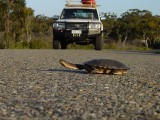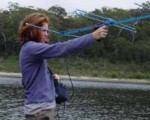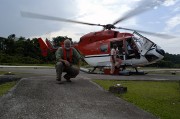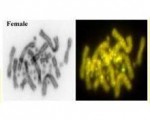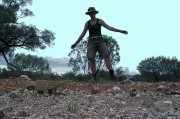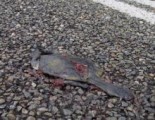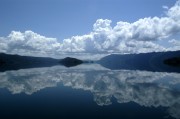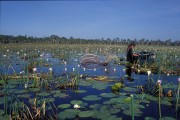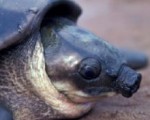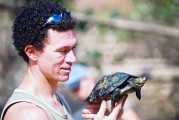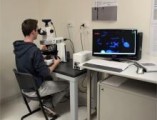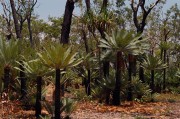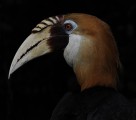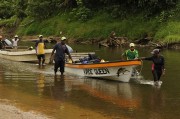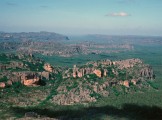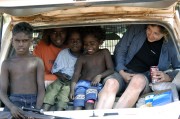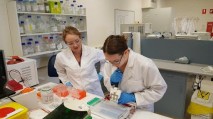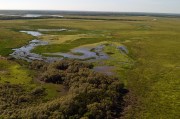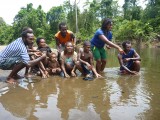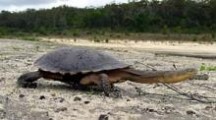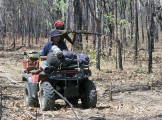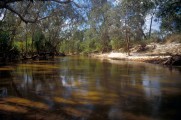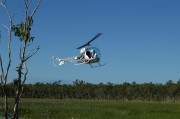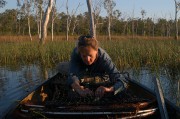Great new paper from Celine Frere on the water dragon in the suburbs and what appears to be rapid diversification in a novel environment. Top marks also for the fabulous title -- Archipelagos of the Anthropocene: Rapid and extensive differentiation of native terrestrial vertebrates in a single metropolis.
Some of the best evidence for rapid evolutionary change comes from studies of archipelagos and oceanic islands. City parks are analogous systems as they create geographically isolated green spaces that differ in size, structure and complexity. Very little, however, is known about whether city parks within a single urban centre drive selection and result in the diversification of native species.
Celine and her colleagues provide evidence for rapid genetic and morphological differentiation of a native lizard (Physignathus lesueurii) at four geographically close yet unconnected parks within one city. Year of establishment of each city park varied from 1855 (oldest) to 2001 (youngest) equating to a generation time range of 32 to three generations.
Genetic divergence among city park populations was large despite the small pairwise geographic distances (< 5 km) and found to be two to three times higher for microsatellites and three to 33 times higher for mtDNA relative to nonurban populations.
Patterns of morphological differentiation were also found to be most extensive among the four city park populations.
In contrast to nonurban populations, city park populations showed significant differentiation in relative body size, relative head and limb morphology and relative forelimb and hindlimb length. Crucially, Celine and her colleagues show that these patterns of differentiation are unlikely to have been caused by founder events or drift alone. Their results suggest that city park ‘archipelagos’ could represent theatres for rapid evolution that may, in time, favour adaptive diversification.
Molecular Ecology (2017) doi: 10.1111/mec.14042
Dragons rule!
